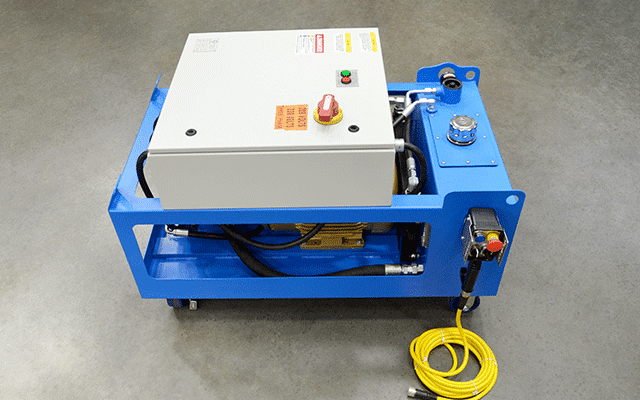New techniques help decrease the ri… – Information Centre – Research & Innovation

© fizkes, #297089351, resource:inventory.adobe.com 2020
As Europes typical lifestyle expectancy carries on to maximize, so far too does the risk of producing age-relevant health conditions. Just take for case in point Age-relevant Macular Degeneration (AMD), a degenerative disease of the retina that can cause blindness. In truth, AMD is the primary cause of blindness in persons over 50 and now influences seventeen.7 million persons in the EU. Having into consideration a rising population that is dwelling for for a longer time, AMD is predicted to maximize by 50 % in Europe and have an effect on over 300 million persons globally by 2040.
The problem to getting a cure for AMD is that it is a very advanced disease prompted by a wide range of variables, like age, genes and lifestyle. What we dont know is how these risk variables interact to cause the disease and why they have an effect on some patients and not other people, claims Marius Ueffing, chairman and director of the Institute for Ophthalmic Exploration at the College of Tübingen. Knowing this is a prerequisite to getting a cure for AMD.
Doing work to fill this know-how gap is a single of the most important ambitions of the EU-funded EYE-Chance undertaking. The undertaking produced a computational risk-prediction toolset that lets a single to properly predict an individuals risk of producing AMD. Scientists also analysed how these risk variables contribute to the disease.
A big database to analyse AMD hazards and pathology
To commence, researchers compiled a database that was continuously provided with high-quality-managed data from a wide range of sources. To our know-how, this is the largest data repository on AMD globally, points out Ueffing, who co-coordinated the undertaking.
The undertaking also created a diagnostic panel for tests genetic predisposition to the disease. Then, applying state-of-the-art computational solutions, like artificial intelligence, researchers produced an progressive risk prediction algorithm.
Based on a detailed dataset that brings together genetic information with clinical eye exams and lifestyle information, this tool can properly predict an individuals risk of producing AMD, remarks Caroline Klaver, a researcher at the Erasmus College Clinical Centre and undertaking co-coordinator.
The tool can aid any individual optimise their lifestyle possibilities and reduce their risk of blindness. Our tool shows that a Mediterranean food plan, merged with a wholesome lifestyle, can be very protective, claims Cécile Delcourt, a researcher at the College of Bordeaux, who supervised the growth of the tool. For these who are genetically predisposed to the disease, a nutrient-loaded food plan can lessen their hazards by 41 %.
The EYE-Chance undertaking also analysed the molecular procedures that come about in the eye when affected by AMD. From this investigate, they created a computational design of possible hazards, physiological actions, dangers, and the impression of ageing a design that can provide as the foundation for potential investigate initiatives.
Instruments to far better stop and handle AMD
The EYE-Chance undertaking has set the regular for far better comprehension what will cause AMD, an critical first move in producing productive solutions. Its prediction design has been built-in into a site, wherever it is available to both patients and health care experts.
Our applications will aid persons at a substantial risk adjust their lifestyle to stop the onset or progression of AMD, concludes Ueffing. They will also aid prioritise patients with distinct risk options to strengthen potential clinical scientific tests on AMD therapies.
While EU support for the undertaking has occur to an conclusion, perform among its husband or wife institutions carries on. For case in point, researchers have partnered with Professional RETINA, a German affected person organisation, and Retina Intercontinental, a international affected person organisation. With each other, they are applying the success received for the duration of the EYE-Chance undertaking to elevate recognition about AMD and talk tactics for its avoidance.
Some EYE-Chance companions have proven an artificial intelligence-primarily based platform to advance correct and individualised prognosis, risk profiling, and assistance for affected person management. This undertaking is now under evaluation. The projects success have also been taken up by several pharmaceutical firms and are supporting advance the growth of productive solutions for AMD.







